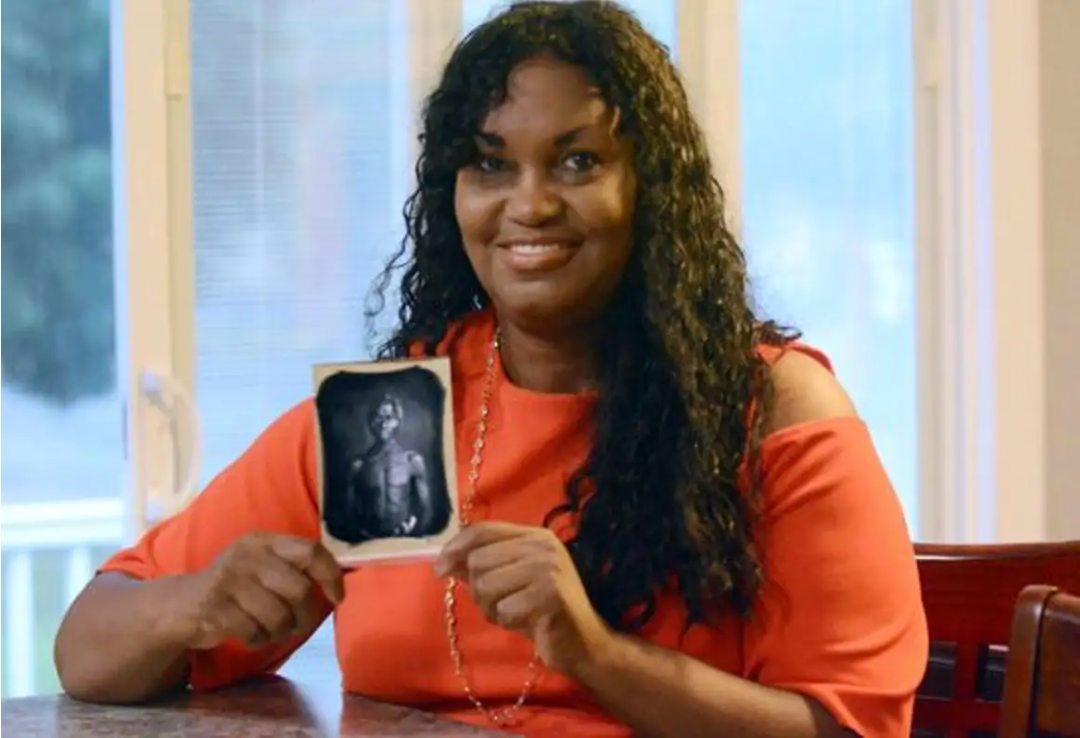On June 23, the Massachusetts Supreme Judicial Court ruled that a Connecticut woman could sue Harvard University for the emotional distress she experienced from widely-circulated photos of her enslaved ancestors.
Suggested Reading
The photos in question were taken in 1850 of a South Carolina man and his daughter. They are considered some of the earliest photos of enslaved Black people in the United States. The Black man and his daughter were photographed shirtless from different angles to support a racist study by Louis Agassiz, a Harvard biologist who used science as a means to justify slavery and white supremacy.
Tamara Lanier claimed the Ivy League university neglected to reach out to her when it used one of the images on a book cover and materials used for a campus conference, even after she informed the school about her family ties to the photo’s subjects. She’s been in this fight with Harvard since 2019, when she filed a suit claiming the photos were taken against the subject’s will and that Harvard was “shamelessly profiting” from their pain.
Last week’s high court ruling is a partial reversal of the lower court’s ruling that dismissed Lanier’s earlier complaints about Harvard’s use of the photos. Although Ms. Lanier can sue the school for emotional distress, the Massachusetts Supreme Court maintained that the photos are the photographer’s property and do not have to be turned over to Lanier.
The high court’s ruling reads, in part, “In sum, despite its duty of care to her, Harvard cavalierly dismissed her ancestral claims and disregarded her requests, despite its own representations that it would keep her informed of further developments.”
In a statement, Ben Crump, one of Lanier’s attorneys said, “We remain convinced of the correctness of Ms. Lanier’s claim to these images of her slave ancestors and that she will be on the right side of history when this case is finally settled. It is past time for Harvard to atone for its past ties to slavery and white supremacy research and stop profiting from slave images.”
For its part, Harvard said it’s exploring how to put the photos in “an appropriate home” that “allows them to be more accessible to a broader segment of the public and to tell the stories of the enslaved people that they depict.”
Straight From 
Sign up for our free daily newsletter.



